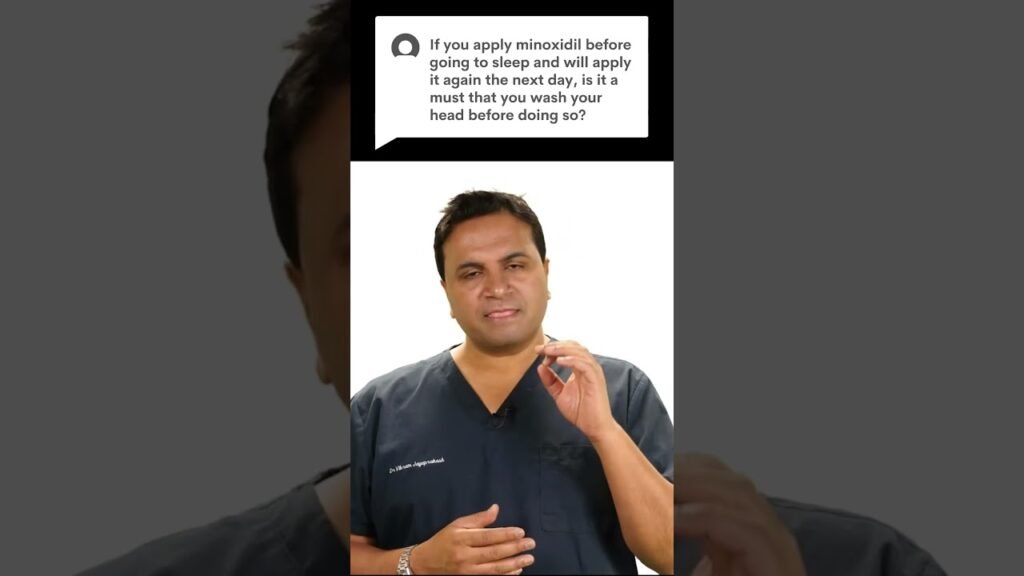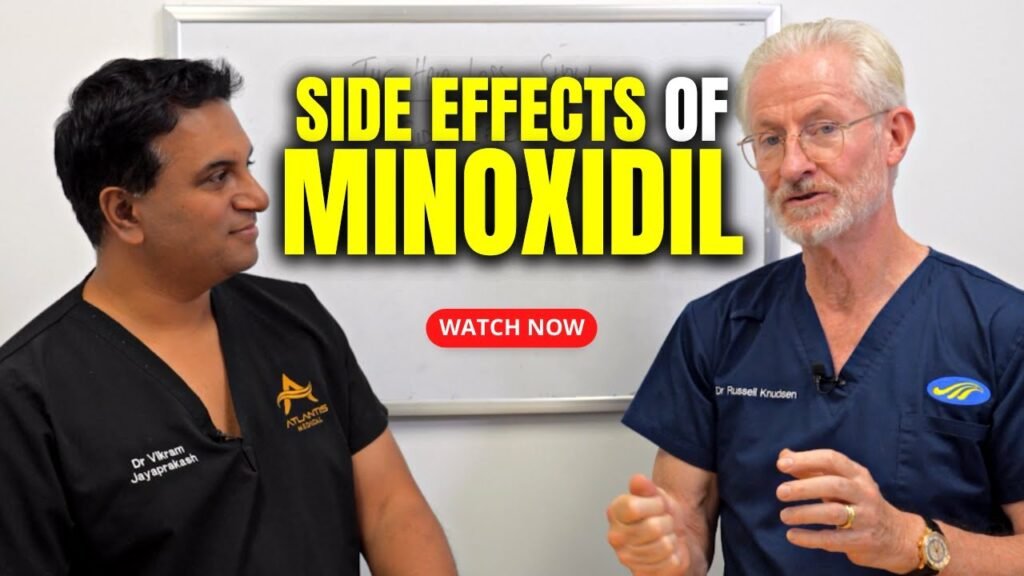Understanding Minoxidil: An Overview for Beginners
Minoxidil is a popular over-the-counter treatment primarily used to combat hair loss. Originally developed as a medication for high blood pressure, it was discovered that one of its side effects was the stimulation of hair growth. This led to its adaptation for treating androgenetic alopecia, commonly known as male or female pattern baldness. Minoxidil is available in various forms, such as topical solutions and foams, making it accessible for personal use at home.
How Does Minoxidil Work?
Minoxidil works by stimulating hair follicles and increasing blood flow to the scalp, which helps promote hair growth. When applied, it penetrates the scalp and extends the growth phase of the hair cycle, allowing hair strands to grow longer and thicker. This process can help individuals experiencing thinning hair or balding areas see noticeable improvements over time. Its important to note that consistent use is key to achieving and maintaining results, as discontinuation may lead to the gradual return of hair loss.
Application and Usage Tips
For beginners, understanding the proper application of minoxidil is crucial. Typically, it is recommended to apply the product twice daily to the affected areas of the scalp. Its essential to follow the instructions provided with the product to ensure maximum effectiveness. Users should apply the solution to a dry scalp and avoid washing their hair for at least four hours after application. Consistency is vital, as skipping applications can hinder progress. Additionally, while some users may notice improvements within a few months, it may take up to a year to see significant changes.
What Causes Facial Swelling with Minoxidil?
Minoxidil is a popular topical treatment widely used for promoting hair growth, but some users have reported experiencing facial swelling as a side effect. This swelling, also known as edema, can be concerning and uncomfortable for those undergoing treatment. Understanding the potential causes of facial swelling with Minoxidil can help users make informed decisions about its use and manage any adverse effects.
One primary cause of facial swelling when using Minoxidil is its influence on blood vessels. Minoxidil is a vasodilator, which means it works by widening blood vessels to improve blood flow. While this property is beneficial for stimulating hair follicles, it can also lead to fluid retention in certain individuals. This retention can manifest as puffiness or swelling in the face, particularly around the eyes and cheeks. Individuals with a predisposition to fluid retention or those using higher concentrations of Minoxidil may be more susceptible to this side effect.
Another factor contributing to facial swelling is the potential for allergic reactions. Some users may have a sensitivity or allergy to Minoxidil or its inactive ingredients, such as propylene glycol or alcohol. An allergic reaction can trigger inflammation and swelling in the facial tissues. Symptoms of an allergic reaction may include redness, itching, and rash, in addition to swelling. It is crucial for users to perform a patch test before applying Minoxidil extensively and to consult a healthcare professional if they suspect an allergy.
Lastly, improper application of Minoxidil can also lead to facial swelling. The topical solution is intended for scalp use, but accidental contact with the face can occur, particularly if hands are not washed thoroughly after application. The skin on the face is more sensitive than the scalp, and exposure to Minoxidil can cause localized irritation and swelling. To minimize this risk, users should follow application instructions carefully and avoid contact with facial skin.
How to Manage and Prevent Facial Swelling from Minoxidil
Minoxidil is a popular treatment for hair loss, but some users may experience facial swelling as a side effect. To effectively manage and prevent this condition, it is crucial to understand the underlying causes and take proactive steps. Facial swelling may occur due to fluid retention, an allergic reaction, or improper application of the product. Identifying the root cause can help in choosing the right approach to alleviate the swelling.
Adjusting Dosage and Application
One of the primary steps to manage facial swelling is to adjust the dosage and method of application. If you are experiencing swelling, consider using a lower concentration of minoxidil. Many users find that a 2% solution is less likely to cause side effects than the 5% formula. Additionally, ensure that the application is limited to the scalp and avoid spreading the solution to areas where it might be absorbed by facial skin. Proper application techniques, such as using a dropper or spray, can help prevent excess product from dripping down onto the face.
Incorporating Lifestyle Changes
Incorporating certain lifestyle changes can also help manage and prevent facial swelling. Reducing salt intake can decrease fluid retention, which may contribute to swelling. Staying well-hydrated and maintaining a balanced diet rich in fruits and vegetables can support overall health and potentially reduce side effects. Additionally, regular exercise can improve circulation and help minimize fluid retention in the body, including the face. If swelling persists, consult with a healthcare provider to explore alternative treatments or additional interventions.
Recognizing the Symptoms: Is It Facial Swelling from Minoxidil?
Minoxidil is a widely used medication for hair growth, but like any medication, it can have side effects. One of the less common yet concerning side effects is facial swelling. Understanding the symptoms of facial swelling from Minoxidil is crucial for users to address the issue promptly. Facial swelling, or edema, may present as puffiness around the eyes, cheeks, or jawline. It is important to distinguish this from normal variations in facial appearance, which can occur due to factors like diet or sleep.
Identifying the Signs of Facial Swelling
Facial swelling from Minoxidil often starts as a mild puffiness that gradually becomes more noticeable. Users might observe swelling in the morning that diminishes as the day progresses, a pattern typical of medication-induced edema. Key indicators include a feeling of tightness or fullness in the face, difficulty fitting into glasses or hats that were previously comfortable, and an overall change in facial contour. If you notice these symptoms, it may be indicative of an adverse reaction to Minoxidil.
When to Seek Medical Advice
While mild facial swelling can be a temporary and harmless side effect, persistent or severe swelling warrants medical attention. It is essential to consult a healthcare provider if the swelling is accompanied by other symptoms such as difficulty breathing, a rapid heartbeat, or a rash, as these could indicate a more serious allergic reaction. Documenting the onset and progression of symptoms can be helpful for medical professionals in determining whether Minoxidil is the cause. If confirmed, they may recommend discontinuing use or adjusting the dosage.
Expert Tips for Beginners Using Minoxidil Safely
When starting your journey with minoxidil, its crucial to prioritize safety and maximize effectiveness. As a beginner, its important to understand the proper application techniques and necessary precautions to avoid potential side effects. First and foremost, always adhere to the recommended dosage on the product label. Applying more than the suggested amount wont accelerate hair growth and may increase the risk of unwanted side effects. Typically, for topical solutions, this means using about 1 ml twice daily.
Patch Test Before Full Application
Before fully integrating minoxidil into your routine, perform a patch test to check for any adverse reactions. Apply a small amount of the product to a discreet area of your scalp and wait 24 hours. If you experience no irritation or allergic reactions, such as redness or itching, you can proceed with regular use. This step is essential to ensure that your skin can tolerate the treatment without complications.
Consistency is Key
For optimal results, use minoxidil consistently as part of your daily regimen. Hair growth is a gradual process, and its important to remain patient and diligent. Missing applications or using the product sporadically can hinder progress. Set a reminder or incorporate the application into your daily routine, perhaps alongside brushing your teeth or washing your face, to help establish a habit. Remember, visible improvements typically take a few months to manifest, so consistency is essential for success.
By following these expert tips, beginners can use minoxidil safely and effectively, paving the way for healthier hair growth.


